We continue our journey by entering this first room where we can explore the Etruscan customs linked to food preparation. The room offers reconstructions of specific areas linked to this practice, such as the reconstruction of a farm environment, which was discovered near the inhabited centre where it is possible to observe the vinification practice of the time and the construction techniques applied to farms dating to the 2nd century B.C.
Following on, we enter the kingdom of the sacred and religious Etruscan practices. The main room houses a life-size reconstruction of a pediment belonging to an Etruscan temple, where statues and friezes recovered near the Thermal Spring are displayed, the water from which is still used by the ‘Fuocolis’ Thermal Baths to date.
The lateral acroterion depicts a splendid winged female figure, perhaps the goddess Thesan along with an enigmatic bearded male figure. A further room boasts the remains of an Etruscan sanctuary dating back to the IV century B.C., which was recovered near the thermal spring of Sillene. Of particular interest is a bronze biga (chariot) which is likely being driven by Diana Selena, the protective goddess of the waters. This room documents the fundamental principles of Etruscan religiousness with informative panels and thematic videos for assistance.
![]()






